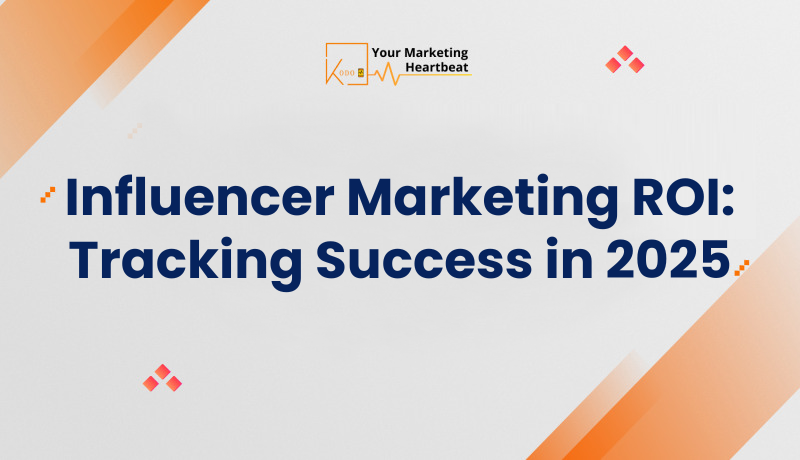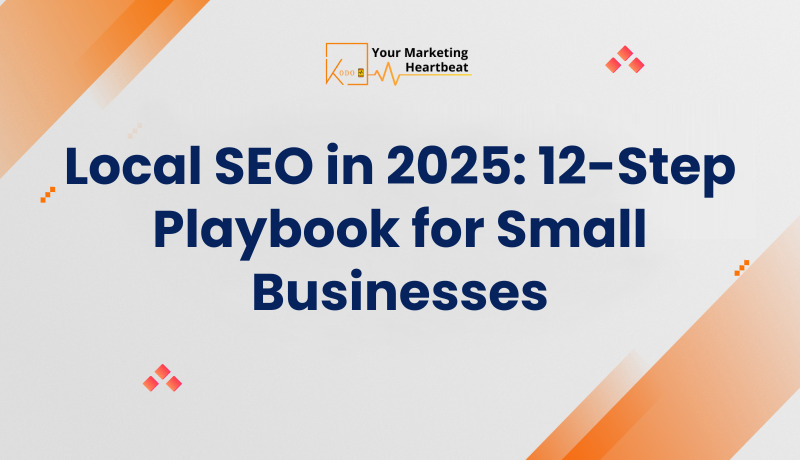
In the rapidly evolving landscape of digital marketing, influencer marketing has emerged as a pivotal strategy for brands aiming to connect with their audiences authentically. As we step into 2025, the focus has shifted from merely measuring reach and engagement to quantifying the actual return on investment (ROI) generated through influencer partnerships. This article delves into the intricacies of influencer marketing ROI, offering insights on how to effectively track and optimize your campaigns for maximum impact.
Understanding the ROI of influencer marketing is no longer optional; it has become a necessity. With marketing budgets facing increased scrutiny, brands must demonstrate the tangible value of their influencer collaborations. The question has shifted from “Did it look good?” to “Did it convert?” This change in perspective underscores the need for robust tracking mechanisms that can provide clear insights into campaign performance.
Influencer marketing ROI encompasses the value generated from influencer campaigns relative to the costs incurred. This includes direct outcomes such as sales and leads, as well as indirect benefits like brand awareness and audience trust. To effectively measure ROI, brands must first define what success looks like for their specific campaigns. Is it increased sales, higher website traffic, or enhanced brand engagement? Establishing clear objectives is crucial for meaningful analysis.
To accurately assess influencer marketing ROI, brands should focus on a variety of metrics beyond simple likes and comments. Here are some essential metrics to consider:
To streamline the process of measuring influencer marketing ROI, brands can leverage various tools and platforms designed for this purpose. Here are some popular options:
Successful influencer marketing hinges on effective outreach strategies. Brands must identify and engage the right influencers who align with their values and target audience. Here are some strategies to enhance your influencer outreach:
Once you have established influencer partnerships, the next step is to optimize your campaigns for maximum ROI. Here are some strategies to consider:
Before launching a campaign, define specific, measurable objectives. Whether it’s increasing sales by a certain percentage or driving a specific number of website visits, having clear goals will guide your strategy and help you measure success.
Experiment with different types of content to see what resonates best with your audience. A/B testing can help you identify which formats, messaging, and visuals drive the highest engagement and conversions.
Utilize real-time tracking tools to monitor campaign performance as it unfolds. This allows you to make data-driven adjustments on the fly, optimizing your strategy for better results.
Content plays a crucial role in the success of influencer marketing campaigns. High-quality, engaging content not only captures audience attention but also drives conversions. Here are some tips for leveraging content effectively:
Encourage influencers to create authentic content that showcases your products in real-life scenarios. UGC is often perceived as more trustworthy and relatable, leading to higher engagement and conversion rates.
Maximize the value of influencer-generated content by repurposing it across various marketing channels. For instance, you can use influencer posts in email campaigns, social media ads, or on your website.
While immediate ROI is important, it’s also essential to consider the long-term impact of influencer partnerships. Building brand loyalty and trust can lead to sustained customer relationships and repeat business. Here are some ways to measure long-term success:
Assess the CLV of customers acquired through influencer campaigns. Understanding how much revenue these customers generate over time can provide valuable insights into the effectiveness of your influencer partnerships.
Monitor brand sentiment through social listening tools. Positive sentiment and increased brand mentions can indicate the success of your influencer marketing efforts in building brand awareness and trust.
Despite the benefits of influencer marketing, measuring ROI can present challenges. Here are some common obstacles brands face:
Attributing conversions to specific influencers can be complex, especially when customers interact with multiple touchpoints before making a purchase. Implementing UTM links and tracking codes can help mitigate this issue.
With numerous metrics to track, brands may struggle to identify which data points are most relevant to their goals. Focus on a few key metrics that align with your objectives to avoid analysis paralysis.
As we look ahead, several trends are likely to shape the future of influencer marketing ROI:
Consumers are becoming more discerning about influencer partnerships. Brands that prioritize authenticity and transparency in their collaborations will likely see better engagement and trust from their audiences.
The use of AI and automation tools will streamline influencer marketing processes, from identifying potential partners to tracking campaign performance. This will enable brands to make data-driven decisions more efficiently.
As brands demand more accountability from influencers, performance-based compensation models are likely to gain traction. This approach aligns influencer incentives with measurable outcomes, fostering a more results-oriented partnership.
In 2025, influencer marketing is no longer a mere trend; it is a vital component of successful marketing strategies. By focusing on measuring and optimizing influencer marketing ROI, brands can unlock the full potential of their influencer partnerships. Through effective tracking, clear objectives, and authentic collaborations, businesses can drive meaningful results and foster lasting connections with their audiences. As we navigate this dynamic landscape, staying informed about emerging trends and best practices will be key to achieving sustained success in influencer marketing.



April 23, 2024